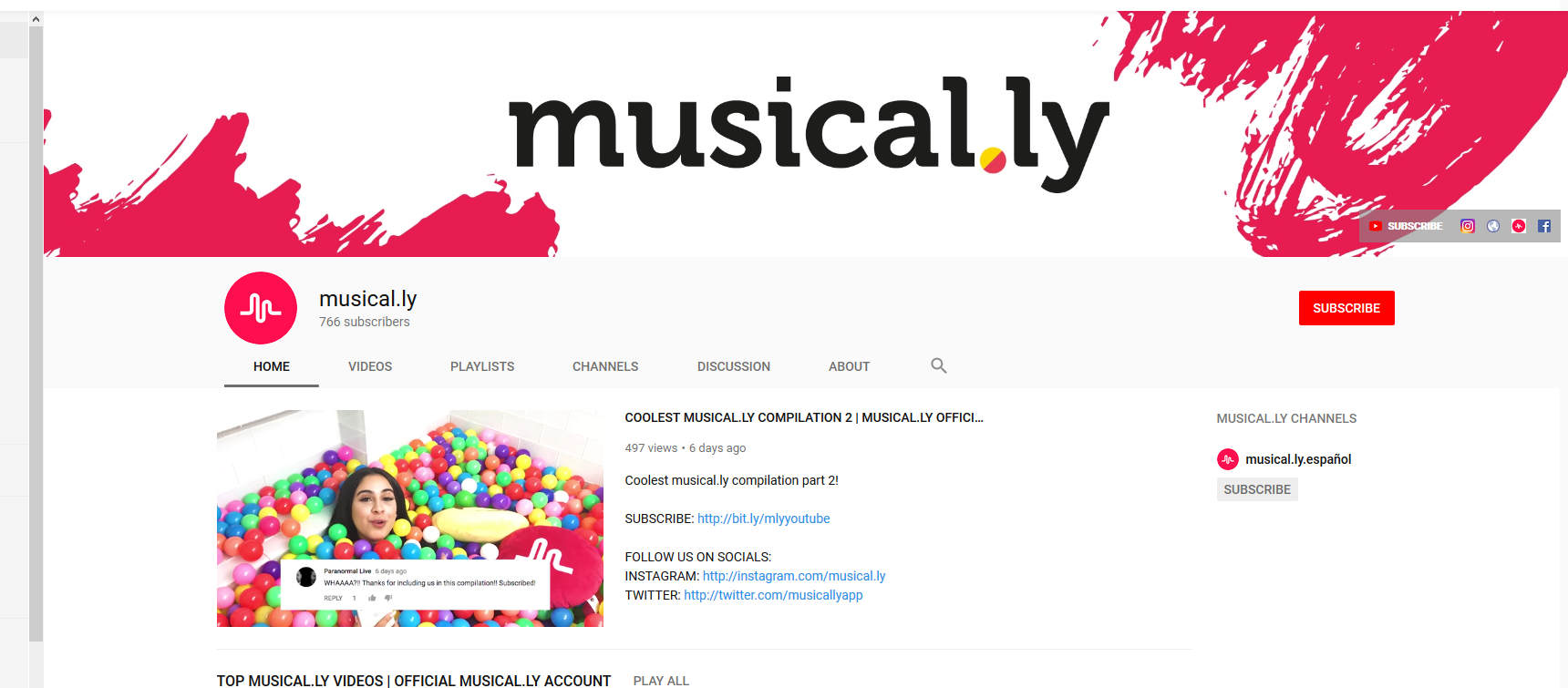Mistakes are part of digital marketing. What’s important, however, is making sure you’re avoiding preventable mistakes that could kill your campaign.
When it comes to digital marketing, mistakes are all but guaranteed to happen. After all, marketing your company is very much a process of trial and error.
The key, however, is minimising the impact of these mistakes and avoiding those you shouldn’t be making in the first place. Of course, this is much easier said than done, especially for businesses, many of whom still practice and believe in many traditional marketing techniques.
Not that there’s anything wrong with keeping things classic, but there’s no denying that traditional marketing – even “traditional guerrilla marketing”– is sometimes completely different from internet marketing.
And this is where mistakes often happen. Writing for Inc., Neil Patel notes, “These mistakes cost money, traffic opportunity, and growth. Unfortunately, marketers make these mistakes because they fail to truly understand how to leverage their skills and improve their approach.”
Digital marketing requires a significant investment in terms of time and resources. The last thing you want to do is to waste your efforts doing things that are taking your online presence farther away from your goals.
Here are some of the most common digital marketing mistakes your company might be guilty of making.
Marketing Without any Goals
If you’re writing on your blog or posting on social media without any real goals, you might as well as be wandering around aimlessly on the internet. One of the most common mistakes many digital marketers make is not setting any goals before launching their campaign.

Goals are critical for evaluating the success of your digital marketing efforts, whether it’s in the context of sales, sign ups (for newsletters), messages, or phone calls.
“Goal setting is the backbone of marketing. Goals help us prove how effective we are, keep us focused and push us to succeed,” says Amber Klein of Hive Digital Strategy. “And while we know how important goals are to measure our success, more than 80% of small business owners do not keep track of their business goals.”
With no goals, you have no direction. With no direction, you have no way of knowing your campaign is successful. And if you don’t have benchmarks for success/failure, what’s the point of marketing your business?
You Don’t Know Who Your Audience Is
Marketing your small business on the internet is one thing, but all you are doing is wasting time and resources if you do not know whom you’re reaching out to.
It’s not enough to just say “potential clients,” because that could mean anyone.

Even if you’re creating insightful killer content, you’re only setting yourself up to fail if you’re not promoting your content to the right audience at the right time. Chances are your niche is already saturated with content, making it difficult to stand out.
The trick is figuring out just whom you want to market to.
“Identifying your target audience is the first step in any type of marketing endeavour,” says Neil Patel in a Forbes write-up. “Tragically, it’s also easy to overlook. Don’t make this mistake. Study your audience, and much of your marketing will take care of itself.”
The most basic way to understand your audience is by creating buyer personas – semi-fictional representations of your ideal customer/client, complete with personal descriptions as well as behaviours.
You’re Not Putting Your Customers First
Many marketing teams make the mistake of boxing themselves inside echo chambers, where all they do is strategise and plan about things they like, but not so much the things their customers actually do.

This rookie mistake is something you can easily avoid if you focus your entire campaign on putting your customers first.
At its core, digital marketing is about doing the following:
- Attracting
- Engaging
- Educating
- Nurturing
- Converting
- Retaining
And naturally, all these things involve your customers. The experience you provide must be tailored to their needs and preferences, which fortunately you can know through data analytics and engagement evaluation. To put it simply, the customer must always come first.
You’re Not Being Social on Social Media
While there are certainly many businesses building a presence on social media, many of them use platforms like Facebook and Twitter not so much to engage their audience, but as a way to simply promote their firms with ad-like content.
This is not what social media is about. Yes, you can broadcast information about yourself, but this should not be your priority. Social media is a way to be social—to interact and engage your audience with genuine dialogue.
In other words, you need to respond to your audience and not just post something and leave them alone in the comments section. Your community will come to respect you more if you genuinely want to build a relationship with them, which can only be a good thing for your firm in the long run.

Conclusion
In summary, the 4 most common mistakes digital marketers make are ignoring the importance of setting goals, failing to understand your audience, not putting your customers first, and misusing social media.
Although it would seem these are ‘no brainer’ mistakes, you would be surprised just how many marketers, even those with quite a bit of experience under their belt, are guilty of making them.
Author: Qamar Zaman a Dallas based website conversion expert.

























